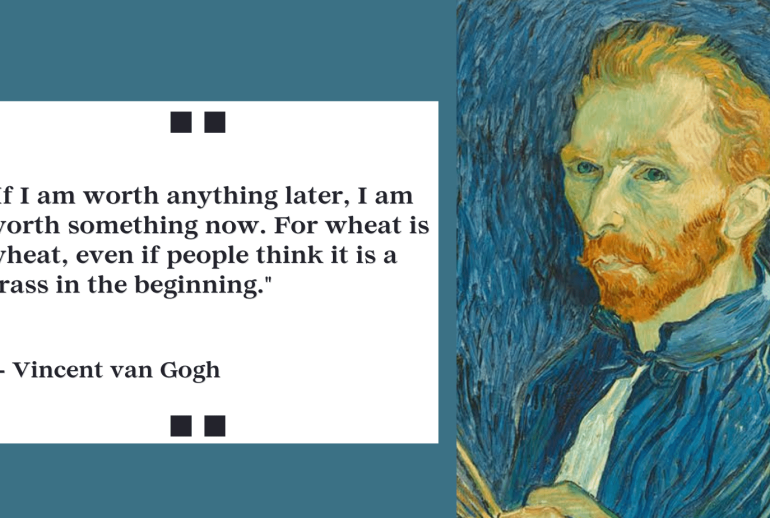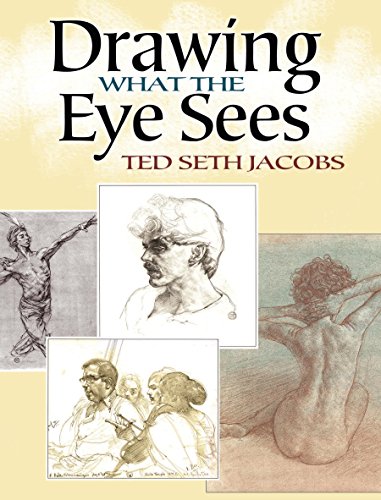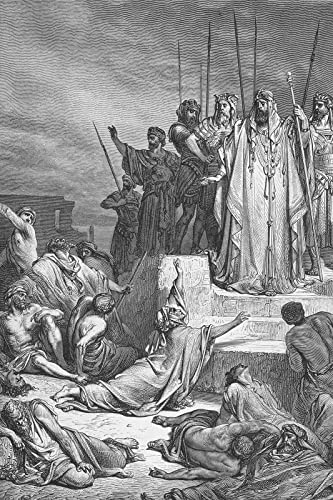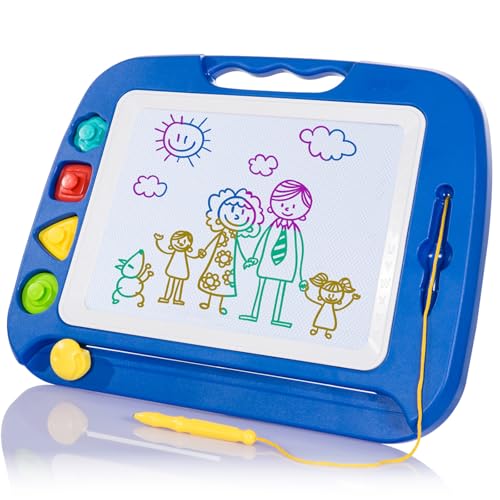Determining if a drawing holds value begins with understanding key factors. These include the artist, condition, and historical significance.
Art can be a mystery, especially when it comes to its value. Whether you stumbled upon a hidden gem at a garage sale or inherited a family heirloom, knowing if a drawing is worth anything can be challenging. Various elements contribute to a drawing’s worth, such as the artist’s reputation, the piece’s condition, and its provenance.
Art experts and appraisers often look at these factors to give an accurate assessment. In this guide, we’ll explore what to look for and how to evaluate a drawing’s value. This will help you uncover whether your artwork is a priceless treasure or a beautiful piece with sentimental value.
Identifying The Artist
Finding out if a drawing is worth anything starts with identifying the artist. The artist’s identity can give clues about the drawing’s value. Knowing who created the artwork can help determine its historical and financial significance. Here are some ways to identify the artist.
Signature And Markings
Look for a signature or initials on the drawing. Artists often sign their work, usually in a corner of the piece. A clear signature can be a key identifier. Sometimes, artists use symbols or unique markings. These can also be helpful.
Compare the signature or markings with known examples from the artist. Use online databases or art reference books for this. Many websites offer signature databases that can help you match the artist. A magnifying glass can be useful to examine the signature closely. Look for any signs of forgery or alterations.
Artist Reputation
Research the artist’s reputation. Is the artist well-known in the art world? Artists with established reputations often have more valuable work. Check if the artist has been featured in exhibitions or art books.
Search for any sales history of the artist’s works. Auction records can provide insights into the value of similar pieces. Websites like Sotheby’s or Christie’s offer past auction results. Compare the quality and subject matter of your drawing to those that have sold.
Ask art experts or appraisers about the artist. They can provide valuable insights and help verify the artist’s identity. Local art museums or galleries might also have information on the artist.
Examining The Condition
When determining the value of a drawing, examining its condition is crucial. A drawing’s state can significantly impact its worth. Factors like damage, restoration, and preservation quality play essential roles.
Damage And Restoration
Inspect the drawing for any signs of damage. Look for tears, stains, or fading. These issues can decrease the artwork’s value. Next, check if the drawing has undergone restoration. Restoration can sometimes enhance value, but improper restoration can harm it. Detailed records of any restoration work can provide valuable insights. They help in assessing the quality and extent of the work done.
Preservation Quality
The way a drawing is preserved also affects its value. Drawings stored in controlled environments tend to maintain their quality better. Humidity, light, and temperature can cause damage over time. Look for signs of discoloration or brittleness. These are indicators of poor preservation.
Here are some key factors to check:
- Use of archival materials for framing and storage
- Presence of protective coverings like glass or UV-resistant coatings
- Storage in a dry, dark, and stable environment
Proper preservation ensures the drawing remains in good condition, thus retaining its value.
Provenance And History
Determining if a drawing is valuable often involves understanding its provenance and history. Provenance refers to the record of ownership, while history includes exhibition and sale records. Both factors can significantly influence the drawing’s worth.
Ownership Records
Ownership records are essential in establishing the drawing’s authenticity and value. They trace the artwork’s journey from the artist to the current owner. Detailed records provide a timeline of ownership, which can enhance the drawing’s credibility.
Here are some key elements to look for in ownership records:
- Names of previous owners
- Dates of ownership transfers
- Documentation like sales receipts or auction records
Having a clear chain of ownership, especially involving renowned collectors, can greatly increase the drawing’s value.
Exhibition History
Exhibition history can also play a crucial role in determining the worth of a drawing. Exhibitions can increase the artwork’s visibility and prestige. The more significant the exhibitions, the higher the potential value.
Consider the following aspects of exhibition history:
- Names and locations of galleries or museums where the drawing was displayed
- Dates of the exhibitions
- Catalogs or brochures that feature the drawing
Artworks showcased in well-known galleries or museums often gain higher recognition. This recognition can translate into a higher market value.
Provenance and history are critical in appraising a drawing. Thorough ownership records and notable exhibition history can significantly enhance its worth.

Artistic Style And Period
Understanding the artistic style and period of a drawing helps determine its value. Art styles and periods offer clues about the drawing’s origin and significance. Knowing these can make a big difference in assessing its worth.
Historical Context
The historical context of a drawing can reveal a lot about its value. Consider the time when the artist created the piece. Art from certain periods, like the Renaissance or Impressionism, often holds high value. These periods are famous for their unique contributions to art history. Identifying the era of the drawing places it within a broader historical framework. This context helps in understanding its cultural and historical importance.
Style Classification
Classifying the style of a drawing is another step in determining its worth. Art movements like Cubism, Surrealism, or Abstract Expressionism have distinct features. Recognizing these styles can help link the drawing to a particular movement. This connection can increase the drawing’s value. Each style has specific characteristics that make it unique. Knowing these traits helps in accurately classifying the drawing.
Market Demand
Determining the value of a drawing can be challenging. Market demand plays a crucial role in its worth. Market demand involves understanding how popular a drawing is among buyers. This demand can fluctuate based on various factors. Let’s dive into some key aspects to consider.
Current Trends
Current trends can greatly affect the value of a drawing. What styles are people talking about? Which artists are in vogue? Keep an eye on social media and art magazines. See what collectors are buying. Trends can change quickly, so stay informed.
Comparable Sales
Looking at comparable sales can give you a good idea of value. Find similar drawings and see their selling prices. Check auction results and gallery sales. Websites like eBay and art auction sites can help. The more data you gather, the better your estimation will be.
Expert Appraisal
Are you curious to know if your drawing is worth anything? An expert appraisal can help. Professional appraisers have the knowledge and tools to determine your artwork’s value. Let’s explore the process and how certified appraisers can assist you.
Certified Appraisers
Certified appraisers are professionals with specific training in valuing art. They have credentials from recognized organizations. Examples include the American Society of Appraisers (ASA) and the International Society of Appraisers (ISA).
These experts understand the market and current art trends. They can evaluate your drawing accurately. Ensuring you get a fair estimate of its worth.
Here are some qualities to look for in a certified appraiser:
- Professional accreditation
- Years of experience
- Specialization in the type of artwork you own
- Good reputation and client reviews
Appraisal Process
The appraisal process involves several steps. First, the appraiser will inspect your drawing. They look at factors like:
- Artist’s signature
- Condition of the artwork
- Materials used
- Historical significance
Next, the appraiser researches the artist and similar works. They compare recent sales of similar drawings. This helps them determine the market value.
Finally, the appraiser provides you with a detailed report. This report includes:
- Description of the drawing
- Artist’s background
- Condition report
- Market analysis
- Estimated value
Having this report is crucial. It helps you make informed decisions about selling, insuring, or keeping the drawing.
Authentication Methods
Finding out if a drawing is worth anything involves several authentication methods. These methods help verify the artwork’s authenticity and value. Below are some crucial methods used in the process:
Scientific Analysis
Scientific analysis plays a vital role in authenticating drawings. This method uses advanced technology and techniques to examine the artwork’s materials and structure. Some common scientific methods include:
- X-ray fluorescence (XRF) to identify the chemical composition of pigments.
- Infrared reflectography to reveal underdrawings or changes made by the artist.
- Carbon dating to determine the age of the paper or canvas.
These techniques provide objective data, which helps experts determine the artwork’s authenticity. Scientific analysis is often used in conjunction with other methods for a comprehensive assessment.
Documentation And Certificates
Documentation and certificates are essential for authenticating a drawing. They provide a historical record and proof of authenticity. Important documents include:
| Document Type | Description |
|---|---|
| Provenance | A record of ownership history, showing previous owners and transactions. |
| Certificates of Authenticity (COA) | Issued by experts or the artist, confirming the artwork’s authenticity. |
| Exhibition History | Details of past exhibitions where the artwork was displayed. |
Having proper documentation can significantly increase a drawing’s value and credibility. It assures buyers and collectors of the artwork’s legitimacy.
Frequently Asked Questions
How Can I Tell If My Drawing Is Valuable?
Check the artist’s reputation, date, and condition. Research similar works’ prices.
Where To Get A Drawing Appraised?
Visit art galleries, auction houses, or hire professional appraisers. Online services also help.
What Factors Affect A Drawing’s Worth?
Artist’s fame, age, condition, and rarity. Popular subjects and styles matter too.
Are Signatures Important In Determining Value?
Yes, signatures authenticate the work. They often increase the drawing’s value significantly.
Conclusion
Determining the value of a drawing can be challenging. Research the artist’s background. Check auction sites for similar works. Consult an art appraiser for a professional opinion. Look for signatures and unique features. Condition matters; ensure the drawing is well-preserved.
Remember, sentimental value is also important. Use these tips to assess your artwork’s worth confidently. Happy evaluating!














